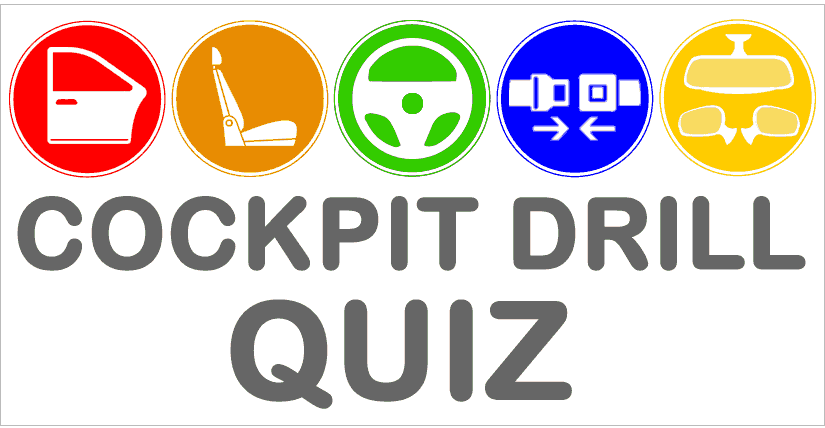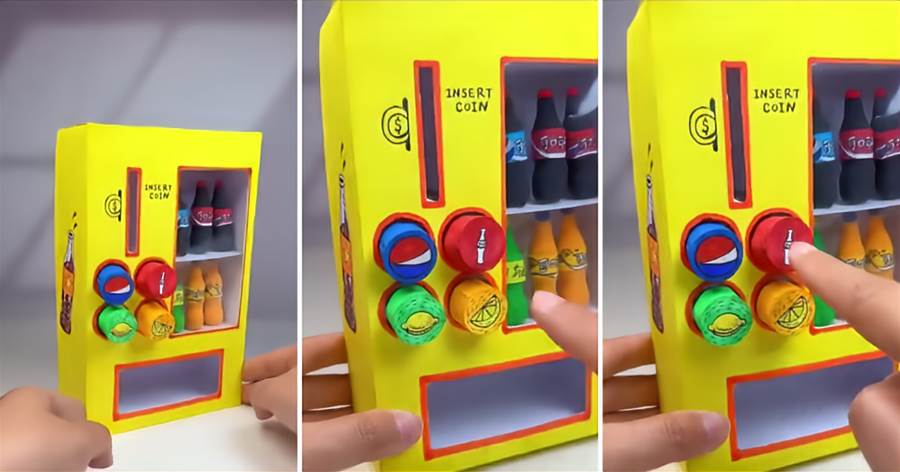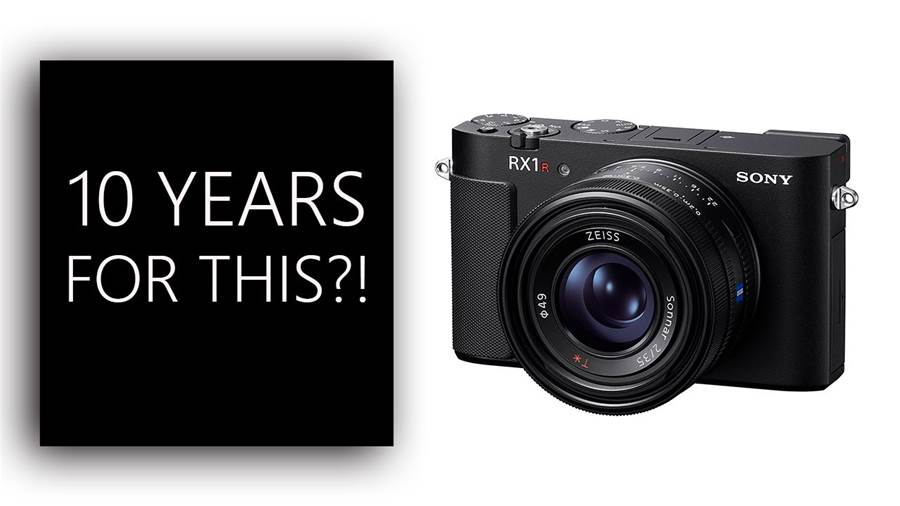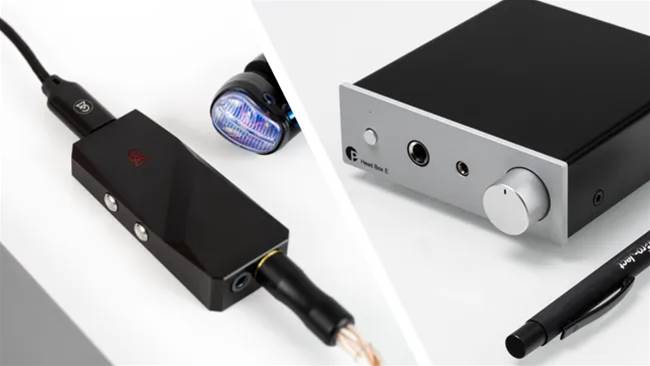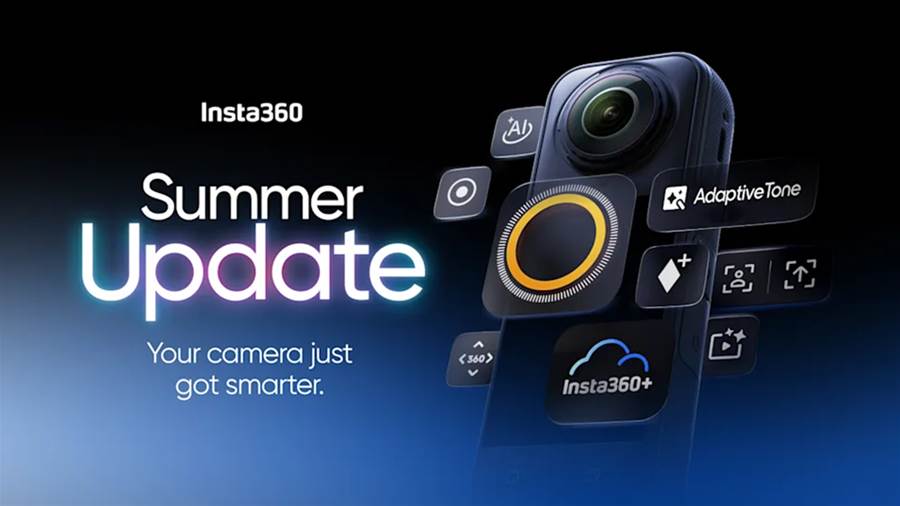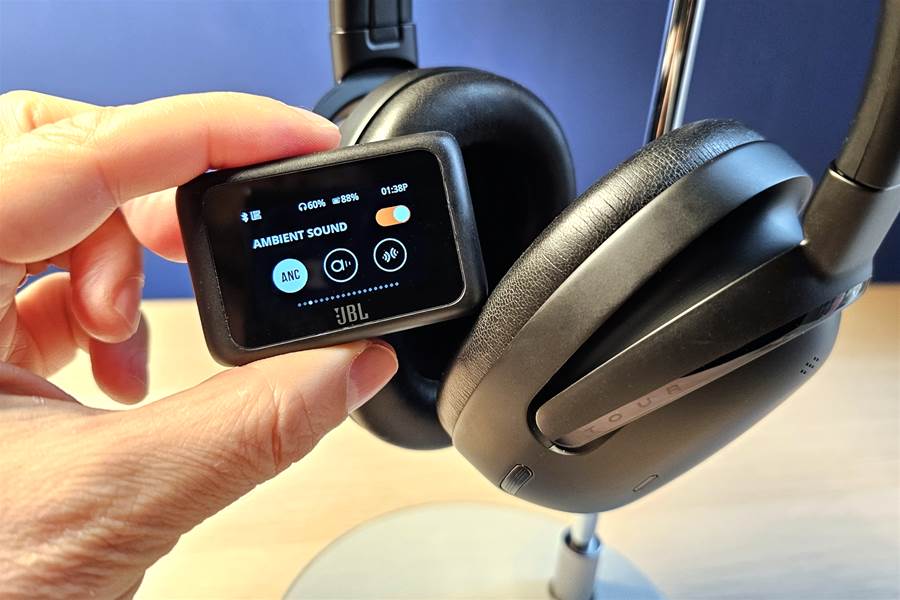
Things That Make You Fail Your Driving Test
Failing a driving test is a common experience for many, but understanding the typical reasons for failure can help prevent it.
Here’s a breakdown of some of the most frequent pitfalls that lead to test failures and tips on how to avoid them.
One of the top reasons candidates fail is not making effective observations at junctions. Examiners look for thorough checks before and while entering a junction. Failing to observe properly at a junction—by not adequately checking all directions—can lead to a fault, especially if it impacts the safety of other road users. Always remember to take your time, look carefully in every direction, and assess the flow of traffic before proceeding.

Mirrors are essential for safe driving, and neglecting them is a quick way to fail. Whether it’s changing lanes, turning, or simply moving off, checking your mirrors is critical. Examiners are keenly watching how frequently and consistently you check your mirrors to ensure you’re aware of your surroundings. A good rule of thumb is to check mirrors frequently and make a conscious effort to check both side and rearview mirrors before any maneuver.
While being cautious is generally a positive attribute, excessive hesitation can signal a lack of confidence or knowledge to the examiner. This often happens at roundabouts, where learners might stop unnecessarily when it’s safe to proceed. The trick is to approach roundabouts slowly and scan for gaps in traffic. If the path is clear, continue moving without stopping; hesitating unnecessarily can disrupt traffic flow and lead to a fail due to undue hesitation.
Stalling can be nerve-wracking, but one stall doesn’t necessarily mean you’ll fail. However, multiple stalls can lead to a serious fault if they indicate a lack of vehicle control. Where you stall also matters. For example, stalling at a busy intersection or roundabout can be problematic, especially if it disrupts other vehicles. If you stall, try to stay calm and recover quickly. Practice clutch control and moving off smoothly during your lessons to minimize the chances of stalling during the test.

Moving off safely is another area that often trips up test-takers. Examiners expect a routine that includes checking blind spots, signaling, and then smoothly moving into traffic. Many candidates fail by neglecting to look over their shoulder for blind spots or moving off without signaling their intentions. Before moving, remember to perform a full observation sequence, checking mirrors and blind spots, then signal before you pull away.
Lane changes are assessed closely during the test, and failing to execute a lane change properly can result in failure. Proper technique involves signaling early, checking mirrors, and confirming blind spots before shifting lanes. Changing lanes in intersections or without enough distance from other vehicles can lead to dangerous situations and automatic fails. Stay aware of your surroundings and only change lanes when there’s ample space to do so safely.
Driving too fast or too slowly are both potential test fails. Examiners want to see that you can adapt your speed according to the conditions of the road. Driving too slowly, particularly well below the speed limit, can obstruct traffic and show a lack of confidence. Conversely, exceeding the speed limit is dangerous and a straightforward way to fail. Aim to stay close to the speed limit unless conditions require you to adjust your speed for safety.
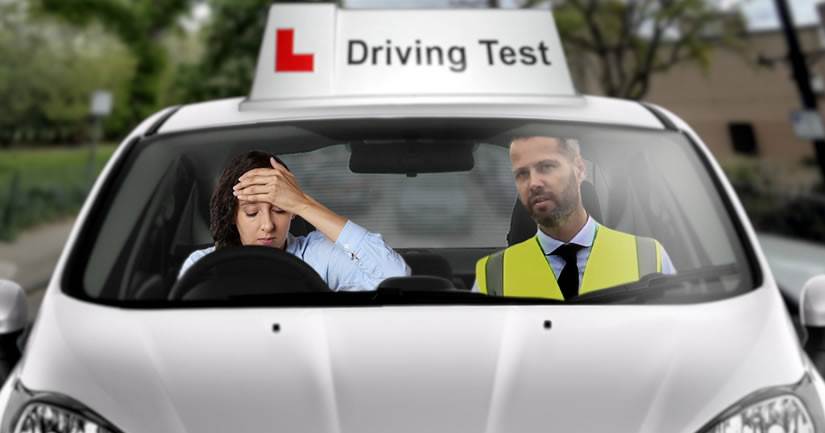
Sudden or harsh braking is often seen as a lack of control and can lead to an automatic fail, especially if it causes discomfort to the examiner. Examiners are looking for smooth, gradual braking when slowing down or stopping. To practice this, approach stops and turns by gradually easing on the brake. Hard braking should be reserved for emergencies only.
Driving tests are designed to gauge your preparedness for safe driving in real-world situations.
By being aware of these common mistakes and preparing to avoid them, you’re already on the path to passing. Remember, the key is consistent practice and staying calm during the test. For those who have taken the test, what’s your top tip for preparing? Share your thoughts below!
